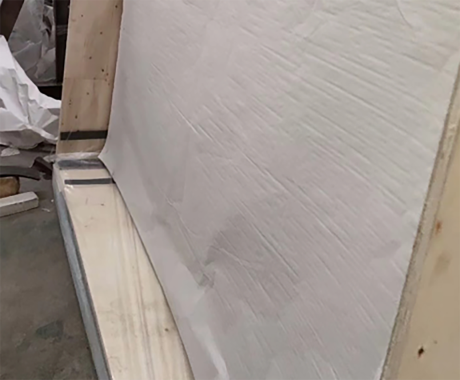

The Allure of Beveled Glass Mirrors
Beveled glass mirrors have captivated interior designers and homeowners alike, marrying functionality with elegant aesthetics. These mirrors, characterized by their slanted edges that create an optical illusion of depth, have a rich history and continue to be a desirable choice in home décor today.
Historically, mirrors have been a symbol of luxury and sophistication. The invention of glass mirrors dates back to ancient civilizations, where polished metals served as reflective surfaces. However, the introduction of glass mirrors during the Renaissance marked a turning point. The technique of creating beveled edges began to emerge, adding an element of refinement that elevated plain mirrors to a status of opulence. The art of glass beveling involves carefully grinding the edges of the glass at a specific angle, which allows for a refracted light that creates a halo effect around the mirror. This art not only enhances the visual appeal but also provides practical benefits by allowing more light to enter a room, making spaces feel more open and airy.
In terms of design, beveled glass mirrors are incredibly versatile. They can seamlessly fit into various décor styles, from traditional to contemporary. In a classic setting, such as a Victorian-style home, a large beveled mirror with an ornate frame can serve as a statement piece that reflects the richness and warmth of the surroundings. In contrast, a sleek, minimalist beveled mirror can complement a modern, Scandinavian-inspired interior, providing a touch of elegance without overwhelming the space.

Additionally, the placement of beveled mirrors can significantly affect the ambiance of a room. When strategically positioned across from windows or light sources, these mirrors amplify natural light, creating a brighter and more welcoming atmosphere. They can also be used to create the illusion of depth in smaller rooms, making them an ideal choice for compact spaces like powder rooms or hallways. Choosing the right size and shape of the mirror is crucial; round or oval beveled mirrors soften hard lines in angular spaces, while rectangular mirrors can accentuate the lines of a room.
Furthermore, the reflections produced by beveled glass mirrors can enhance artwork and architectural features in a space. By reflecting complementary objects or highlighted areas, these mirrors become interactive components of the overall design. Homeowners can utilize beveled mirrors to draw attention to lovely garden views or beautiful art pieces, blurring the boundaries between indoor and outdoor spaces.
Despite their timeless appeal, some may wonder about the maintenance of these mirrors. Fortunately, beveled glass mirrors are as easy to care for as standard mirrors. Regular cleaning with a gentle glass cleaner and a soft cloth can keep them sparkling without damaging the delicate beveled edges. It's essential to avoid harsh chemicals and abrasive materials, ensuring the mirror remains a stunning centerpiece for years to come.
In conclusion, beveled glass mirrors represent a harmonious fusion of beauty and practicality. Their rich history, coupled with their ability to enhance various design styles, makes them a perennial favorite among homeowners and designers. Whether added to a lavish entryway or a simple bathroom, these mirrors reflect not just personal style but also the nuances of light and space. As trends evolve, one thing remains constant the enduring charm of beveled glass mirrors will continue to enchant and elevate interiors for generations to come.